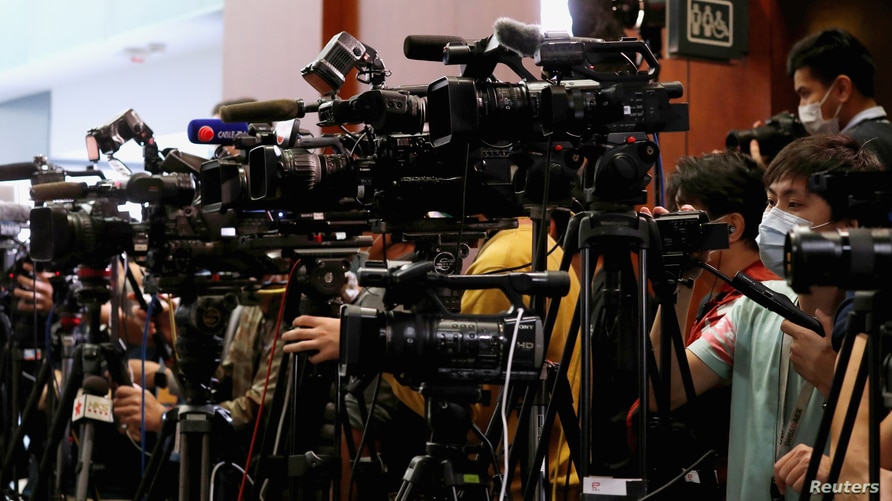Emerging trends and big threat to journalism

Changes in technology have brought about changes in society generally. Those who study these changes reel off easily the names of casualty organisations; industries that less than two to three decades ago looked unshakeable, but which today are extinct.
Eastman Kodak Company heads this list. Not too long-ago Kodak was the dominant manufacturer of photography paper and diversified throughout the photography sector. It is a position that the company dominated for over a century and a quarter. But that is history now. Most young people growing up today have literally no connection with Kodak. Kodak exists in museums and in memory.
But it is not the only one. Blockbuster was in the entertainment sector and the main means to introduce and distribute movies and video games is another example. That was before Netflix came along, Blockbuster is history.
Instead, Netflix is now synonymous with film production and distribution. Even then, Netflix cannot sit pretty for so much change is in the offing in this sector. It is not only in this manufacturing and service sector that change is happening. There are languages that used to be and now are no more.
This trend is affecting jobs as well – indeed, many jobs have already been affected. What is the fate of journalism? This craft is seriously under threat and it is the same old technology that is leading the assault.
Since the days of the commercialisation of the media advertising has been the main bloodline for media houses. It was the sure way for the industrialists to introduce their products to the masses. Journalism serves a social purpose, but advertisers don’t care for that purpose. They simply want to reach their consumers with their messages and if journalism aids in the process, then that is fine.
The commercial model was supplemented through subscription and then newsstand sales. It has served journalism well since the days of Benjamin Day. But those days are coming to an end. Industrialists still want to reach their consumers, but they are not sure that riding on the back of journalism is a sure way.
In our market, the subscription arrangement never picked up in the first place. There are many reasons for this, but primarily the lack of mechanisms for home and office delivery and poor economy may have been the major reasons.
Thus, the major sources of revenue generation for media in our market have been through news-stand sales and advertisements. The news-stand sales faced many challenges from the word go. The pass along rate of newspapers was high – about 10 people read one copy of the newspaper. The industry has tried to fight against this but with little success.
Better technologies for accessing audiences are evolving and with greater degree of accuracy. It is forcing the media to adapt, which is not easy. The new approaches are much nimbler and morph easily to adapt to new circumstances. This is a big threat to journalism.
Journalism has major social functions. If journalism were to “die” then there would be need for society to device ways to address the functions, that it previously performed. The President is quoted, whether in jest or not, as having said that newspapers are for wrapping meat. On this, don’t believe him for a second.
It is not for nothing that former US President Thomas Jefferson is widely quoted for preferring newspapers to government administration. This is the full quote: “If I had to choose between government without newspapers and newspapers without government, I would not hesitate to choose the later”.
He was referring to the pervasive availability of information that brought stability to the social order. Every government needs a stable social order, a mechanism of engaging with the governed and social media would hardly satisfy this demand, certainly not for now.
The challenge then is to society – how to guide journalism through these perilous times of transition and deliver the trade safely to the other side of technological evolution. For now, society does not have a choice but to guide journalism to its survival.
—The writer is dean, School of Communication, Daystar University








